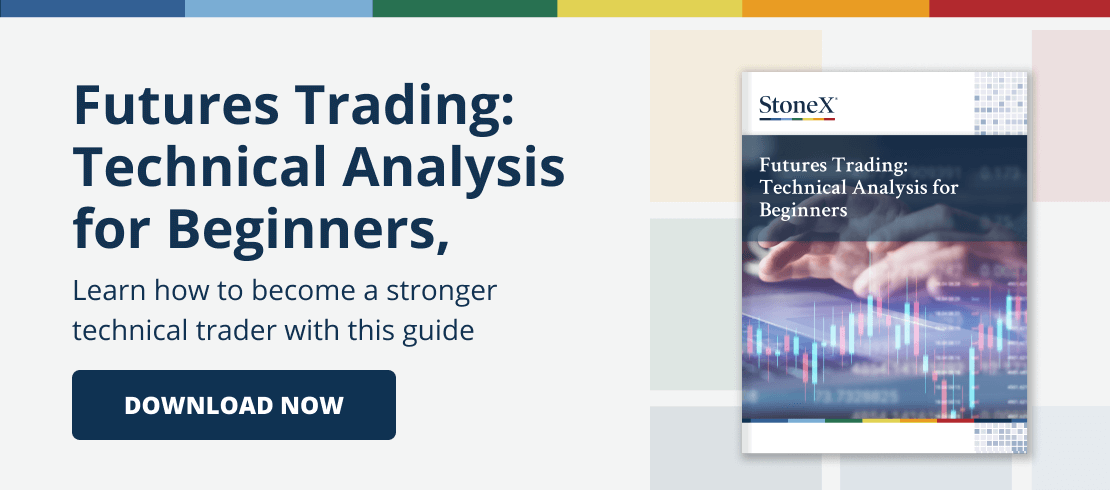Envelope
Envelopes represent bands that are plotted in a certain, identical relationship above and below the Moving Average. Envelopes are a very complex theme with many interpretations and trading rules. Basically, envelopes capture a significant part of price movements. Concrete trading signals are released if prices approach or move away from their envelope.
Envelopes are plotted around a Moving Average in a constant percentage distance. Hence they are added to or subtracted from this average. Both envelope lines thus define the prevailing trading range.
Properties
Period. The number of bars in a chart. If the chart displays daily data, then period denotes days; in weekly charts, the period will stand for weeks, and so on. The application uses a default of 10.
Percent. A factor, expressed in percentage points, that is added to and subtracted from the Moving Average. For example, a value of “2.0” represents a 2.0% shift that will be added to the Moving Average, and a -2.0% shift that will be added to the Moving Average. The application uses a default of 1.0.
Aspect: The Symbol field on which the study will be calculated. Field is set to “Default”, which, when viewing a chart for a specific symbol, is the same as “Close”.
Interpretation
The Envelope study is a derivative of the Moving Average study. The price band has two lines that are equal percentage distance from the Simple Moving Average. The Moving Average line is not visible.
While several different trading rules are available, the most simple approach uses the price band as an entry and exit point. When price penetrates the upper price band, you initiate a long position or buy. If you have an existing short position, you close out shorts and go long. Conversely, when prices penetrate the lower price band, you close out long positions and go short.
In Kaufman’s book, Commodity Trading Systems and Methods, he suggests several other approaches.
They are as follows:
- Buy or sell on the close after a signal is indicated.
- Buy or sell on the next market open following a signal.
- Buy or sell with a delay of 1-3 days after the signal.
- Buy or sell after a price retracement of 50% (or some other value) following a signal.
- Buy or sell when prices move to within a specified risk relative to a stop-loss point
In the case of using the Moving Average envelope on intraday prices, Kaufman suggested the following rule: “Only one order can be executed in one day, either the liquidation of a current position or an entry into a new position.”
Literature
Kaufman, Perry J. The Commodity Trading Systems & Methods. NY: John Wiley & Sons, Inc. 1978.
Murphy, John J. The Visual Investor. New York, NY: John Wiley & Sons, Inc. 1996.
Babcock, Bruce. The Dow Jones – Irwing Guide to Trading Systems. 1989.
Le Beau C., Lucas D. W. Computer Analysis of the Futures Market. 1992.
Hurst, J.M. The Profit Magic of Stock Transaction Timing.
View Other Technical Analysis Studies
- Bollinger Bands
- Commodity Channel Index
- Crack Spread
- Crush Spread
- Default
- Directional Movement Index
- Envelope
- Exponential Moving Average
- Exponential Oscillator
- High Low Moving Average
- Highest High / Lowest Low
- Historic Volatility
- Keltner Channel
- Least Squares Linear Regression
- Line Oscillator
- Momentum
- Moving Average
- Moving Average Convergence Divergence
- Moving Standard Deviation
- Open Interest
- Oscillator
- Parabolic Stop and Reversal
- Rate of Change
- Relative Strength Index
- Smoothed Moving Average
- Smoothed Oscillator
- Stochastic
- Variable Moving Average
- Volume
- Volume and Open Interest
- Weighted Close
- What is the Slow Stochastic Oscillator?
- Williams’ %R

